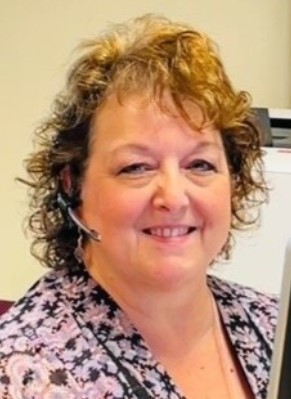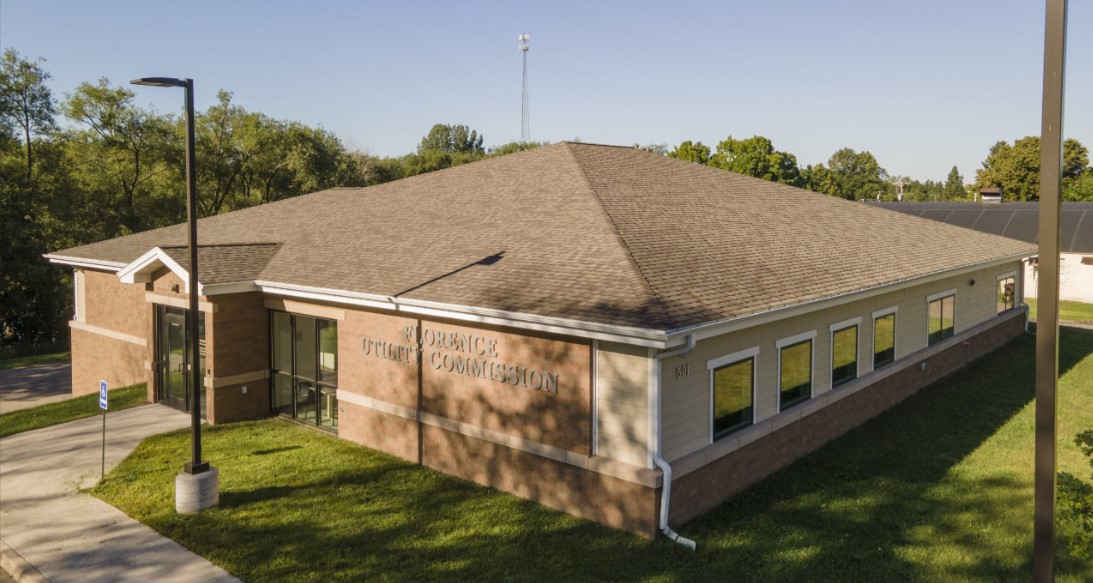Seasonal weather extremes often lead to surges in demand that subsequently increase energy bills, placing a greater burden on low-income families to keep themselves safe in these conditions.
In addition to maintaining more affordable rates than investor-owned utilities, public power utilities serve a vital role in connecting community members to energy assistance during times of need. Public power utilities engage in a variety of actions so their customers aren’t forced to make the difficult choice between using electricity and paying for other basic needs, such as food or medicine.
These encompass communicating with customers about the various forms of assistance available, including through the federally funded Low-Income Heating and Energy Assistance Program, or LIHEAP, and other support managed at the state and local levels. These services ensure the physical safety of public power customers by helping them avoid abrupt shutoffs that could be especially dangerous amid extreme temperatures.
Knowing to Ask for Help
Communities throughout the Midwest face some of the country’s harshest winters, and many of the public power utilities serving them maintain programs to help keep their customers warm through various means of assistance.
For Brainerd Public Utilities, serving a northern Minnesota community whose harsh winter served as the snow-swept setting for the 1996 film Fargo, customers often experience the greatest need for energy assistance during these colder months, and its energy assistance programs reflect this. Lori McLain, BPU collections representative, has helped ensure these programs remain responsive to not just seasonal demands but to broader economic circumstances as well.
McLain noted this has involved BPU proactively coordinating with external agencies to provide assistance based on the needs of Brainerd’s residents.

“During [the COVID-19 pandemic], there were a couple of years where the assistance was high in demand. State and local agencies added additional resources to the standard resources that we work with, even including a water assistance program,” she said.
The pandemic introduced a host of financial challenges for households nationwide, and BPU temporarily adjusted its shutoff period so residents could power their homes even amid furloughs and other strains.
“BPU was not sending out disconnect notices to our customers. As for payment arrangements, we were more lenient during that time — extending it further than just our standard 90-day arrangements and going up to six months to help those who are struggling,” McLain said.
She noted that when customers are facing the possibility of a shutoff, staff ensures they are given information on resources they can access during times of need. “We understand and realize customers can experience tough times, and we take strides to find all the avenues we can to assist them.”
This includes sharing a list of all the local agencies that coordinate LIHEAP or other assistance on the utility’s website, sending the same list along with any disconnect notices sent during the winter months, and training employees on how best to refer residents to potential assistance on phone calls.

BPU sees its energy assistance programs as connected to public power’s broader mission of providing the most affordable electricity to its customers.
“The mission of Brainerd Public Utilities is to provide safe, reliable, environmentally friendly electric, water, and sewer services to our customers at the lowest reasonable cost. Keeping our costs low from the start ensures fewer customers need assistance,” McLain said.
Daniel Loch, BPU’s finance manager, emphasized that these assistance programs tie into public power’s close relationship with its communities and are built from the understanding that community-owned utilities like Brainerd’s are service-oriented, civic-minded entities.
“Our whole community has a need for affordability, and so our whole mission is directed toward providing that. Our staff care about the community and want all community members to feel like they can come in and talk to us. We understand that asking for assistance can be a difficult conversation, and it is our goal to make sure you have the resources you need,” Loch said.
Connecting with Care
Public power plays a vital role in connecting customers with sources of aid by serving as a liaison between communities and outside organizations. That includes having utilities provide the accounting and data needed to ensure residents receive assistance from the sources best suited to provide it.
The customer care department at Gallup, New Mexico's public utility has been especially diligent in serving as a facilitator between its customers with the greatest need for support and the programs — both federal and local — designed to help them.
While not as punishing as winters in northern areas of the country, temperatures can regularly drop below freezing during Gallup’s colder months. Clarice Fernando, Gallup Electric’s customer service manager, noted that energy assistance was needed “mostly in the winter months. By then, the holidays are coming around, and people are short on money.”
Gallup Electric makes it easier for customers to connect with LIHEAP by providing the documentation needed to access financial support, subsequently lessening the work LIHEAP must perform to validate assistance requests.
“A lot of time LIHEAP requires a copy of their disconnect notice, and sometimes they require their billing history, so we provide this to our customers. We then refer them to the LIHEAP office in town and ensure we give them anything else they need after they complete their application,” Fernando said.
Gallup oversaw financial evaluation in the wake of the COVID-19 pandemic that was essential both for providing local assistance and supporting the state-level budgetary and analytical work that was used to delineate aid.
“We received assistance from the Emergency Relief Assistance Program and helped customers in filling out their applications with the different amounts that they owed, their income — all relevant information needed before we could submit the requests. And we also gave averages to the state about how much their bills would be so they could do their projections,” Fernando said.
The utility also coordinates with local charities and nonprofit organizations, including Catholic Charities of Gallup and Goodwill Industries, which offers support to veterans.
This information sharing and support is ultimately driven by the utility’s sense of connection to Gallup and care for the people who live there, providing a lifeline to families as they recover from financial difficulties.
“We try to do our best to help residents along and hopefully not end up on our disconnect list by offering payment plans and helping them keep track of that payment plan and keeping their billing up to date,” Fernando said. “We make sure to always reach out to customers to keep their contact information up to date so we can let them know in advance whether they’re reaching delinquency. It is our policy to never cut customers off without notice.”
Building Trust
Public power employees who oversee energy assistance programs are well equipped at supporting their communities, especially in smaller towns where staff are personally acquainted with families who need aid.
Florence Utilities in Wisconsin serves nearly 1,400 residences along the state’s northeast border with Michigan. Even by state standards, Florence experiences particularly cold winters that drive a correspondingly sharp demand for indoor heating.
The town’s public power employees manage energy assistance with the understanding that their knowledge

and expertise — particularly in navigating financial aid — serves as a lifeline to residents who wouldn’t otherwise know how to access these programs.
Kristina Williams, financial manager for Florence Utilities, noted that making these connections is a core part of its customer service.
“We’re a small town, and we have a very tight-knit community. If we lived in a bigger city, we wouldn’t know our customers. But these are people we grew up with and live around, and that makes it easier to reach out,” Williams said.
Florence Utilities has also developed a strong working relationship with staff at the Wisconsin Home Energy Assistance Program offices, where their knowledge of assistance programs and familiarity with Florence’s customers allow them to best leverage the resources available to their community.
Personal familiarity with customers has proved essential for connecting with residents who might be hesitant to access energy assistance. This connection has encouraged Florence’s residents to accept assistance that has improved their lives and the well-being of the community as a whole.
“Being in a small, rural community, people are hesitant to receive assistance, since they strongly value independence. But they’re less hesitant with us, and we always say that if you spend $400 less on your energy bill over the winter, that’s money that can go toward groceries or doing something with your grandkids,” said Tiffany White, Florence Utilities’ billing manager.
White described how the connections built with customers allow utility employees to encourage residents to follow up about other programs that could save them money and reduce energy usage during the winter months.
“We also try and educate customers that it’s not just a one-time thing, and they can come to us for guidance on energy-saving and how to access weatherization assistance through WHEAP as well,” White said.
This all rolls into the core service philosophy that drives Florence Utilities’ employees, which is that their roles as electrical providers and community members are inseparable.
“We always want to see our friends and neighbors do better for themselves, no matter what their situation is. That is our goal as a utility as well as community members,” White said.

